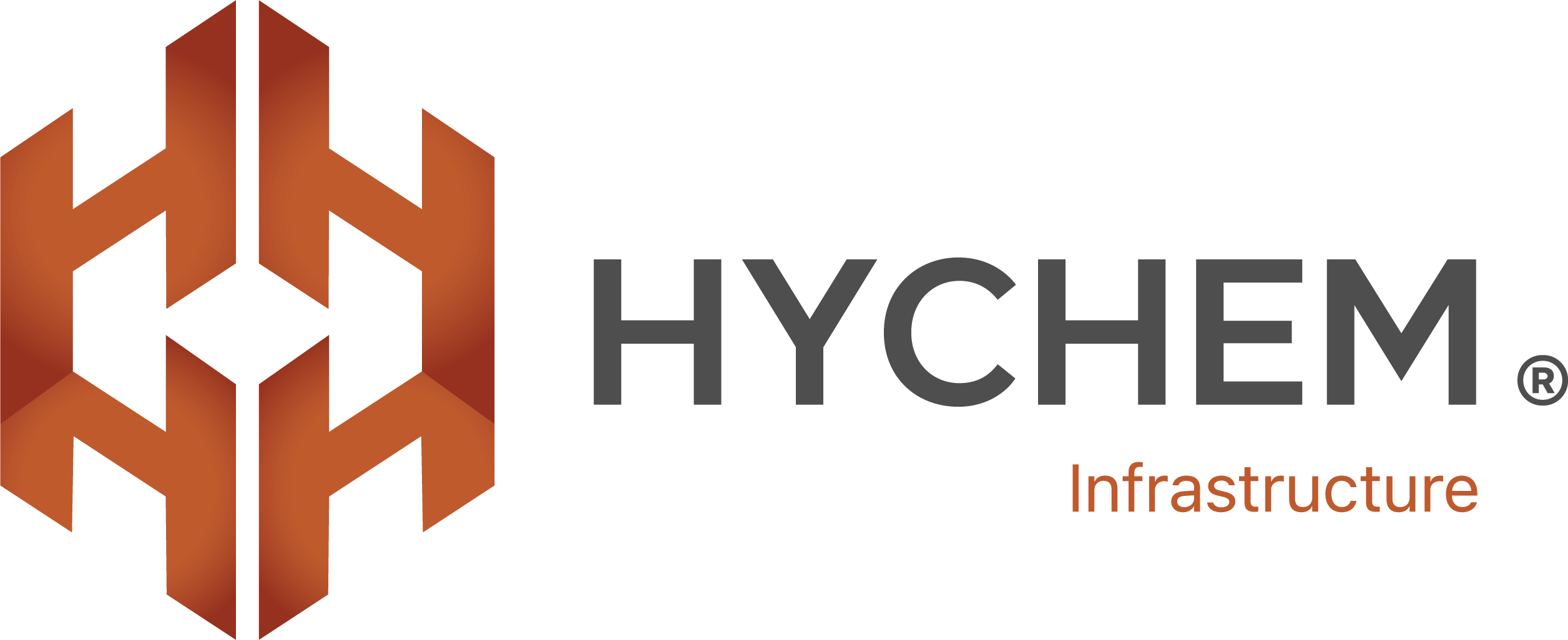Submerged Piles
Submerged Piles
Submerged piles are often used in river crossings and offshore platforms. The combination of dry-wet cycle results in rapid corrosion of concrete or steel submerged piles. In addition, marine wood borers and shipworms attack timber piles and weaken these structures. The most common solution to date has been building a custom-sized fiberglass form, placing it around the pile and filling the annular space with grout. These jackets offer NO structural strength. It is a known fact that oxygen is the fuel to the corrosion process; the seams in these jackets will allow moisture and oxygen to reach the pile, thereby continuing the corrosion process.
The PileMedic® system developed by Prof. Ehsani is a significant advance in the field of column and submerged pile repair. These sheets are made by saturating carbon or glass fabrics and subjecting them to heat and pressure; the result is very thin (0.025 inch (0.7mm) sheets that are supplied in 4-ft (1.2m) wide x 300-ft (91m) long rolls. Depending on the type, the laminates are 2-4 times stronger than steel. In the field these sheets are cut to desired length and can be wrapped around a pile two or more turns to create a solid seamless shell that is filled with grout or resin. The shell provides significant confining pressure and keeps the moisture away from the pile, thereby bringing the corrosion process to a near halt.
Recent studies by Texas DOT (for steel H piles), Nebraska Department of Roads (for timber piles) and California Department of Transportation (Caltrans) for concrete bridge piers have demonstrated the effectiveness of this technology in strengthening deteriorated piles. QuakeWrap engineers will provide designs for retrofit of submerged piles that enhance axial, flexural and shear capacity of the pile. In all cases, the piles can be strengthened to levels far beyond the original undamaged pile. The sealed engineering drawings and calculations will be provided to the client.
Features & Benefits
Advantages of repair of submerged piles with PileMedic® include:
- Minimal increase in the original size of the pile
- The only system that can strengthen the pile beyond original capacity
- Seamless jacket prevents future corrosion in the pile
- No custom-manufacturing of jackets is needed
- Repairs can begin quickly
- Fast and safe installation time
- Minimizes or eliminates the need for divers
